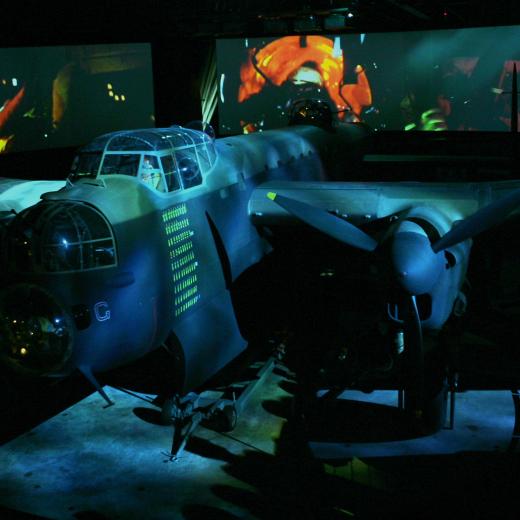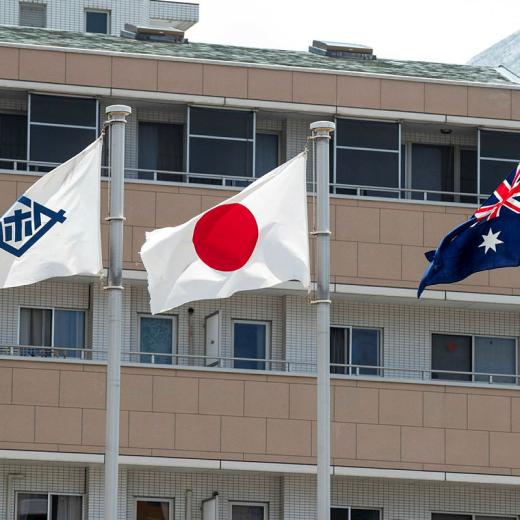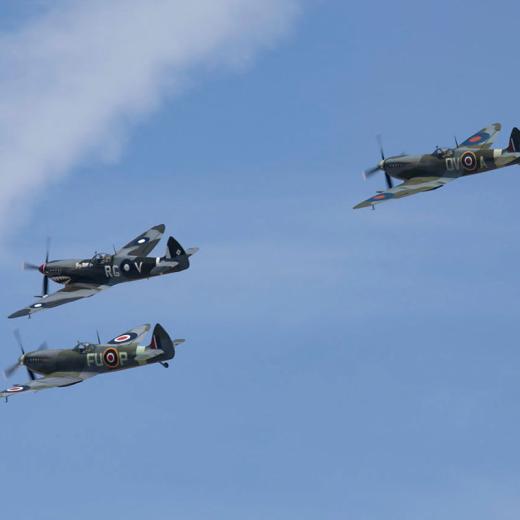BLUF
John Keegan's 1976 book The Face of Battle examines what it must have been like to be an ordinary soldier at three famous battles, Agincourt, Waterloo and the WW1 Battle of the Somme.Summary
This book review by Peter R. Mansoor of John Keegan's 'the Face of Battle' makes the following points:
- Until the 1960s, military historians generally focussed on the actions of generals and politicians rather than those doing the actual fighting.
- The Face of Battle takes the perspective of the common soldier.
- At Agincourt, French knights soon lost their horses.
- Many of them were unable to get up because of their heavy armour.
- Those who did manage to get to their feet had to struggle up a muddy hill littered with their dead and wounded comrades to engage in hand-to-hand combat.
- At Waterloo, soldiers were wet, cold, tired, and hungry even before going into battle.
- Discipline and a sense of honour enabled the to withstand the onslaught of the French artillery.
- At the WW1 Battle of the Somme, the lack of barbed wire and bunker-busting high explosive shells contributed to the 60,000 British casualties on the first day of battle.
References
- MILITARY HISTORY: INDEX of PAGES AND COLLECTIONS ON THE RAAF RUNWAY
- The Duke of Wellington: Forging the 'Iron Duke' | The Runway (airforce.gov.au)
- The Real War 1939-1945 | The Runway (airforce.gov.au)
- SEP 2016 Battle of the Somme Tasmania Remembers – Centenary of ANZAC
- JUN 2021 How the French won the battle of Waterloo (or think they did)- History Extra
- FEB 2022 Battle of Agincourt- English History
Source Information: Hoover Institution
- Article Source: Hoover Institution
- Media Check: . Hoover Institution Media Bias/Fact Check (mediabiasfactcheck.com)
- RAAF RUNWAY: RATIONALE, GUIDELINES, LEARNING OUTCOMES, ETC |





